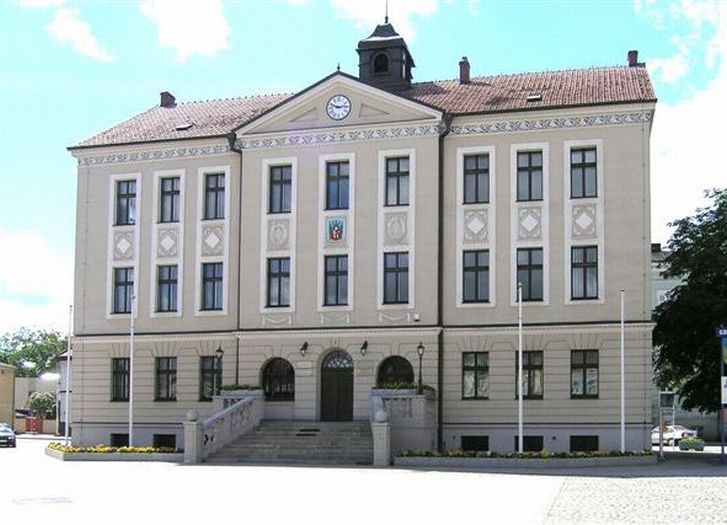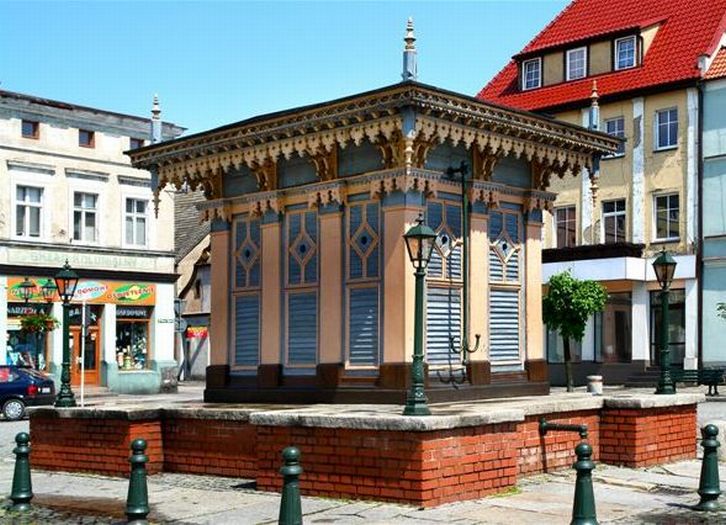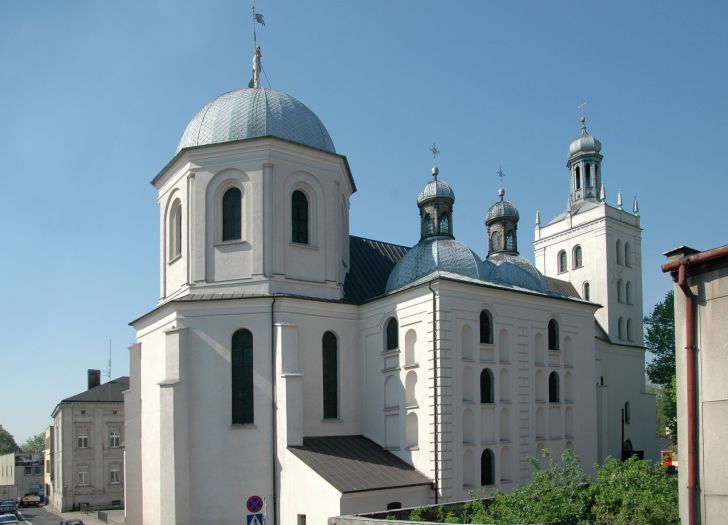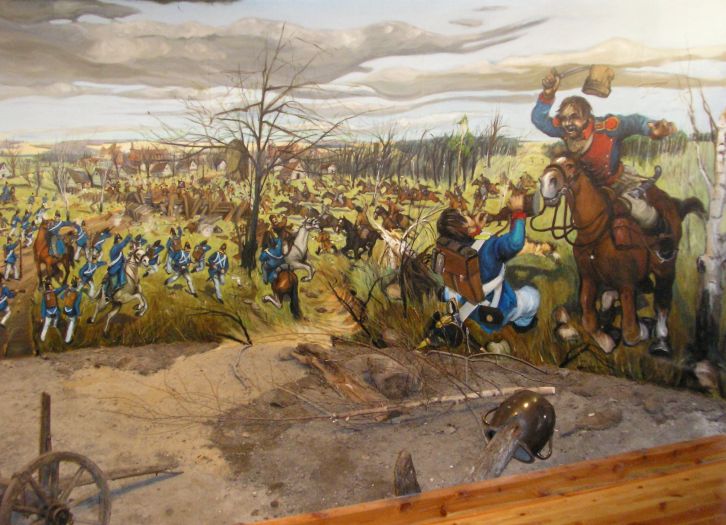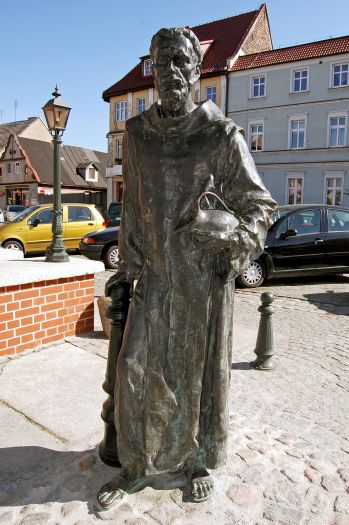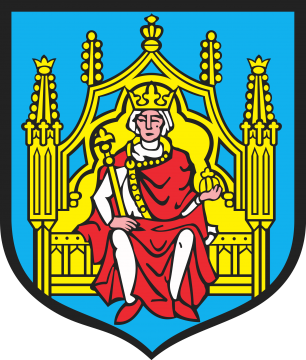
GRODZISK WIELKOPOLSKI
The county seat is situated on the Letnica river in the Poznań Lakeland. Grodzisk became famous for its expertise in brewing beer, thanks to the development of brewing in the 16th and 17th centuries. Tradition attributes this to Blessed Bernard, who supposedly made a specific quality of water appear in the Grodzisk well by praying. The village of Zdrój, birthplace of Michał Drzymała (1857-1937), is not far from Grodzisk.
History
Unfortunately, the exact date of founding the town and vesting it with Magdeburg rights has been lost.
Grodzisk, which belonged to the Ostroróg family, became a centre of new religious currents in the 16th century, thanks to an influx of dissidents from Bohemia and Western Europe. It is worth adding that the acclaimed printer, bookseller and bookbinder Melchior Nering (d. 1587) worked here from 1579 to 1581.
The town was placed inside the Prussian partition following the second partition of Poland in 1793. The Prussians were driven from the town during the Kościuszko Uprising (1794). It was part of the Duchy of Warsaw from 1807 to 1815. The residents drove the Prussians out again during the Revolutions of 1848 but lost the town in April 1848. Despite a heroic defence, hundreds of scythemen under the leadership of Jewish physician Marcus Mosse were forced to surrender in the face of the advancing enemy.
The liberation of Grodzisk is tied in with the Wielkopolska Uprising (1918-1919) when the town was a command and supply post for the western front. The town’s history is inextricably linked with the local brewery. A distinctive feature of Grodzisk beer, which set it apart from other fast-maturing beers, was the yeast sediment at the bottom of the barrel. Its exuberance of froth and bubbles earned Grodzisk beer the moniker “Polish champagne”.
Many people were evicted, sent to camps or forced to work in the heartland of the Reich during the Nazi occupation (1939-1945). The town was liberated by the Red Army and 120 local volunteers on 27 January 1945.
Today, it is an industrial and services centre. Its highly active and multi-award winning Grodzisk Brass Band was formed in 1929.
Worth Seeing
Blessed Bernard’s well also stands next to his figure in the centre with its 19th century wooden housing. Rubbing the jug he holds in his hand is said to bring happiness and love.
Grodzisk Wielkopolski’s most valuable heritage building, St. Jadwiga Church, is west of the Old Marketplace.
Another important historical building is the baroque post-Bernardine Church of the Most Holy Name of Jesus and the Immaculate Conception of the Blessed Virgin Mary (1662).
The Grodzisk Tradition Museum Chamber has its main branch in the late 19th-century Łubieński manor at ul. 27 Stycznia 7. The Duża Panorama Obrony Grodziska z 1848 r. (Large View of the 1948 Defence of Grodzisk) is on display here.
The Rondo Cultural Centre ul. Kolejowej 12 is also worth visiting to see the “Small View” .
For more information, go to:
www.grodzisk.wlkp.pl/en


